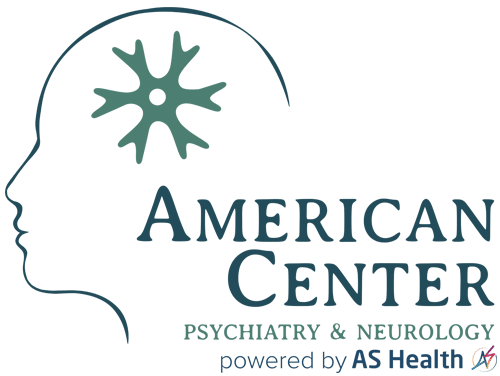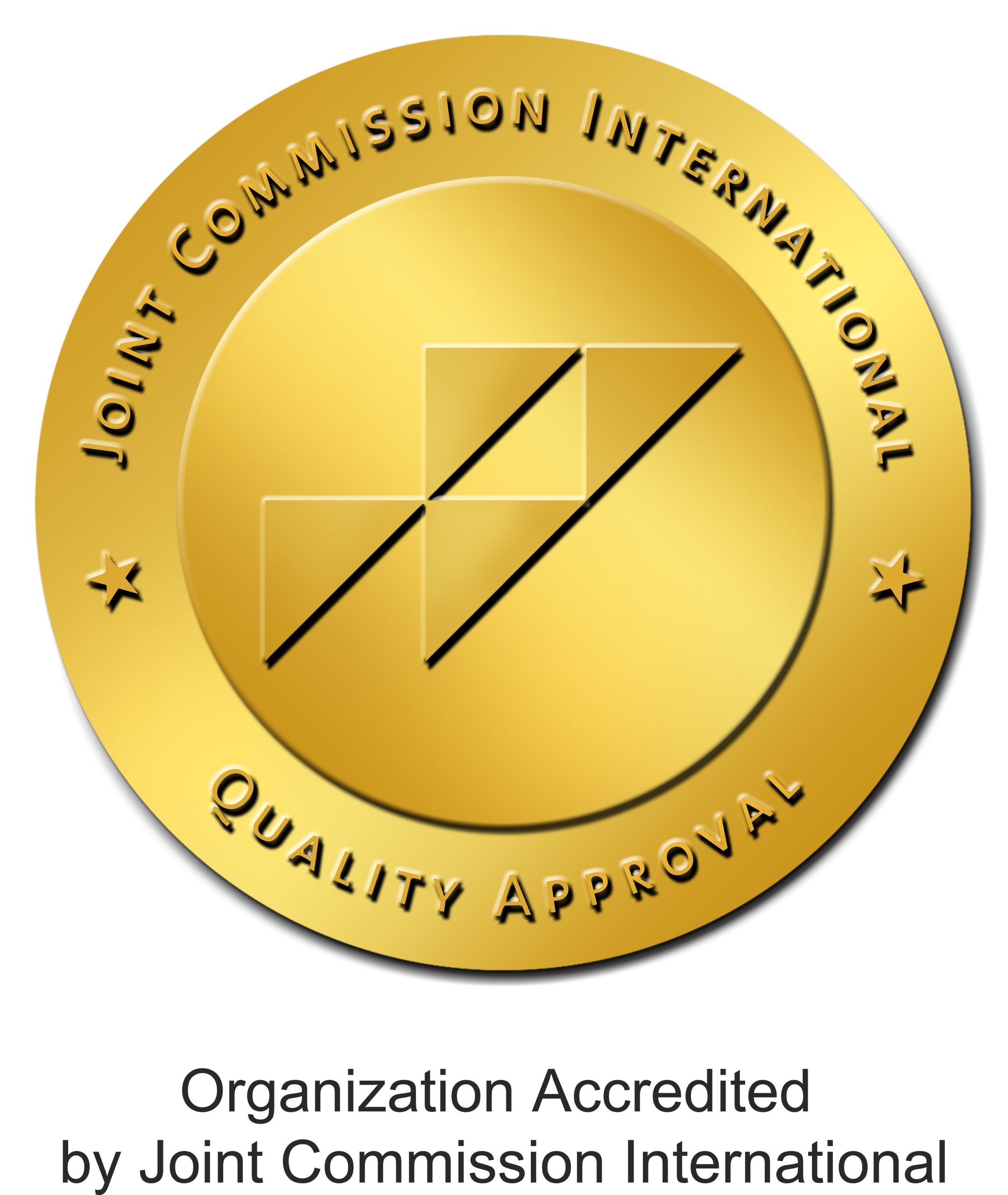Sleep Disorders
Sleep disorder is defined as any difficulties related to sleeping, including:
- Falling asleep at inappropriate times,
- Difficulty falling or staying asleep,
- Abnormal behaviors associated with sleep, or
- Excessive total sleep time.
Sleep disorders are classified into four main categories specified by the International Classification of Sleep Disorders. These include:
- Dysomnias,
- Parasominas,
- Proposed sleep disorders, and
- Medical/psychiatric disorders
Dyssomnias:
Dyssomnias are disturbances in the timing, amount, or quality of sleep resulting in excessive daytime sleepiness or insomnia. Dyssomnias are classified into three subcategories:
- Intrinsic sleep disorders originate inside the body and are due to a variety of possible causes. Common intrinsic sleep disorders include: idiopathic insomnia, psychophysiologic insomnia, obstructive sleep apnea, central sleep apnea, narcolepsy, periodic limb movements and restless leg syndrome in sleep.
- Extrinsic sleep disorders originate outside the body and are due most commonly to behavioral or environmental factors. Common extrinsic sleep disorders include environmental sleep disorder, insufficient sleep syndrome, inadequate sleep hygiene, stimulant-dependent sleep disorder, hypnotic-dependent sleep disorder, and alcohol-dependent sleep disorder.
- Circadian rhythm sleep disorders describe the disruption of the sleep cycle in a 24-hour period. Common circadian rhythm sleep disorders include:shift-work sleep disorders, irregular sleep-wake pattern, jet lag, advanced sleep phase syndrome, and delayed sleep phase syndrome.
Parasomnias:
Parasomnias are disorders of partial arousal or disorders that interfere with sleep stage transitions. Abnormal events occur during sleep. Parasomnias are classified into four sub categories:
- Arousal disorders are disorders of partial arousal. Common arousal disorders include: sleep terrors, confusional arousals, and sleep walking.
- Sleep-wake transition disorders are disorders that interfere with sleep stage transitions. Common examples include:sleep talking, rhythmic movement disorder, and nocturnal leg cramps.
- Other parasomnias include common sleep disorders such as sleep enuresis (bedwetting), primary snoring, sleep bruxism (teeth grinding), infant sleep apnea, and sudden infant death syndrome (SIDS).
- Parasomnias usually occurs during the REM sleep stage. Common examples include: sleep paralysis, nightmares, and REM sleep behavior disorder.



